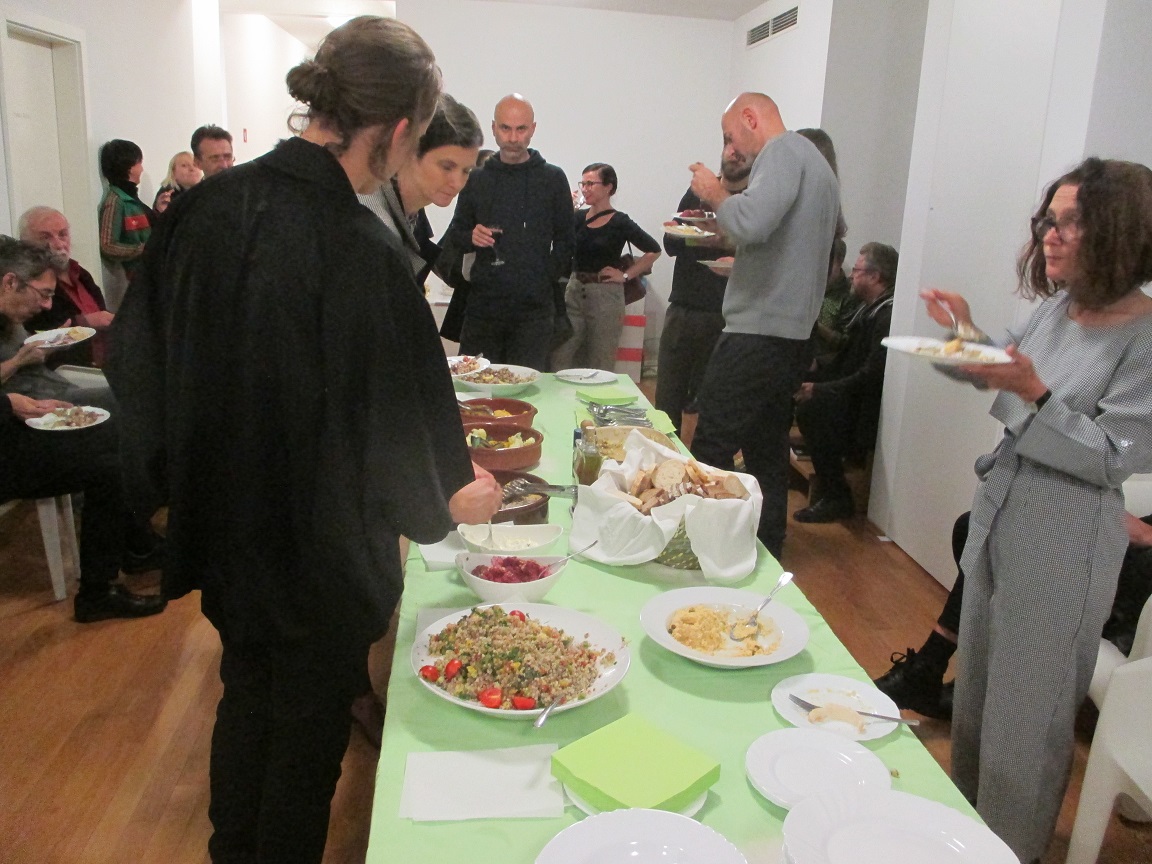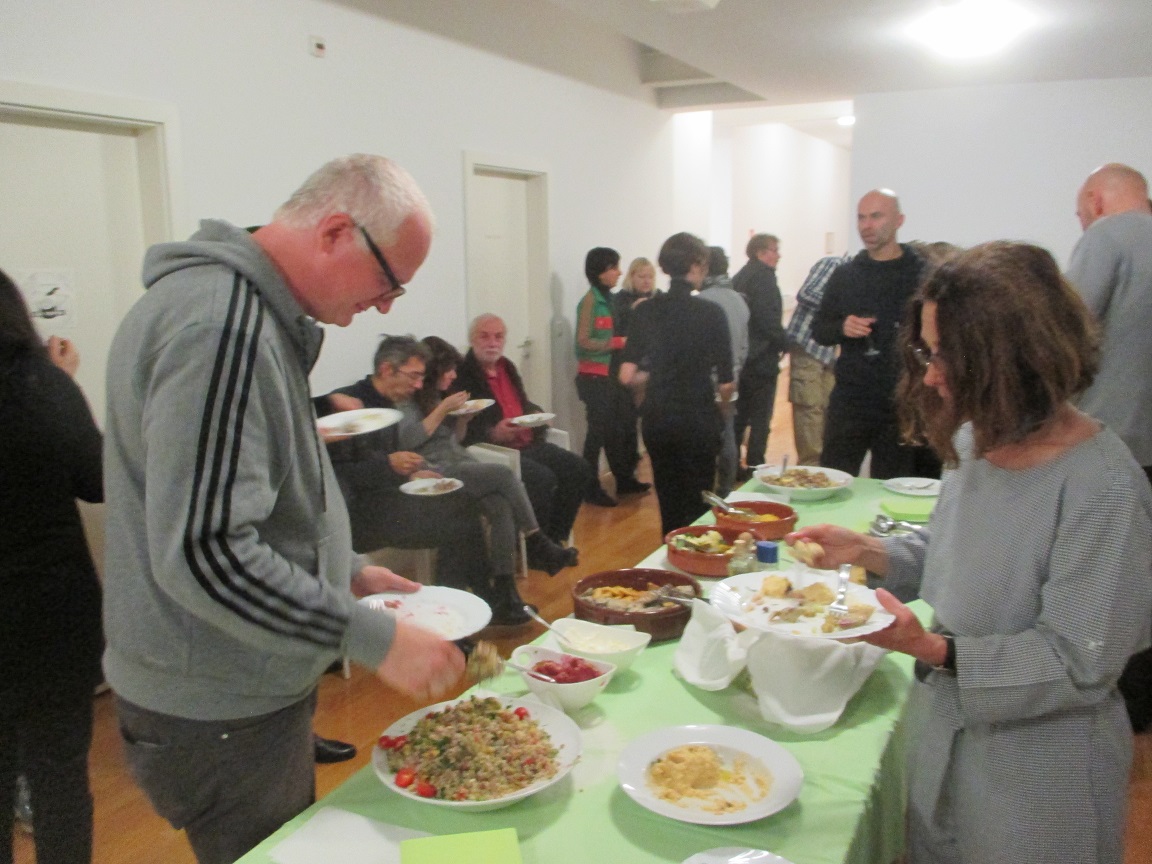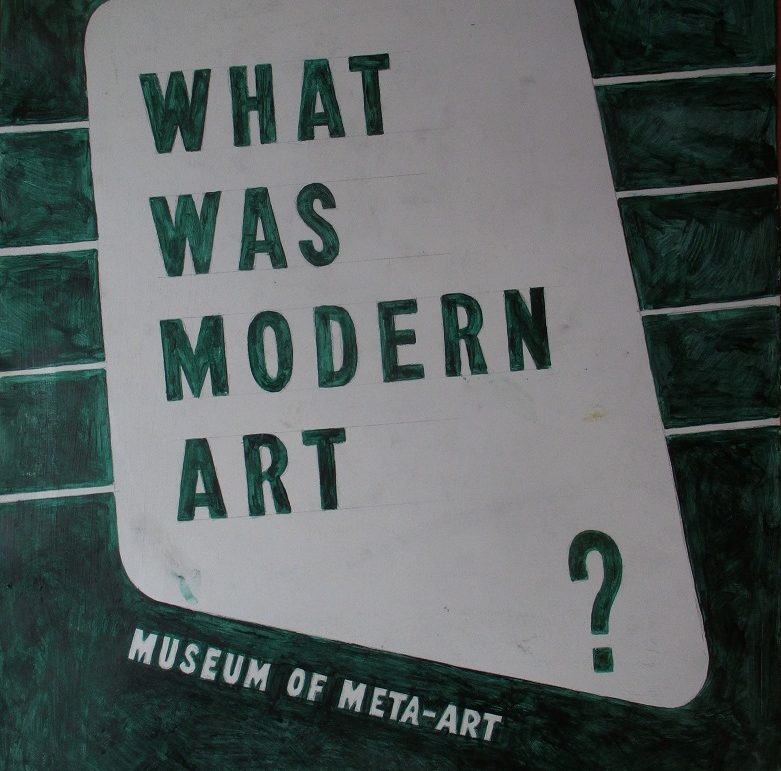In 2014 an exhibition named after Walter Benjamin’s lecture The Unmaking of Art was staged at the e-flux gallery in New York. The exhibition was about the making of the story known as The History of Art. After it closed it was packed up and placed in storage. It is now revisited through select details from each of its main component parts while most of the artifacts remain “buried” in packages that are placed in the middle of the gallery. In a way, the entire installation, with both visible and hidden exhibits, can be understood as materialized metaphor for complex set of mutually connected phenomena called – memory.
This was the info for the Unmaking of Art exhibit at the larger exhibition titled Sites of Sustainability. Pavilions, Manifestos, and Crypts curated Zdenka Badovinac at the Museum of Contemporary Art Metelkova, +MSUM 15 Nov 2018 — 17 Feb 2019
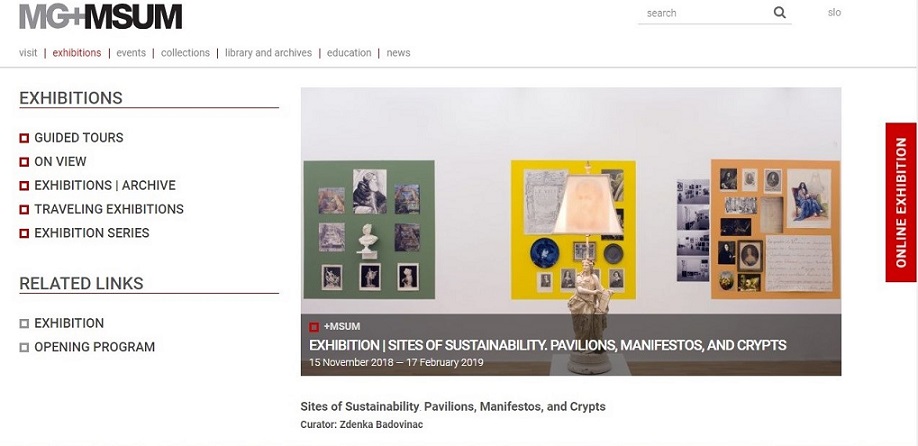
THE UNMAKING OF ART e-flux New York 2014
Exhibition-info
It is likely that the next paradigm will be meta in relation to the present. It will have many characteristics of the pre-modern world, something like the modernity seen through medieval glasses. Walter Benjamin – Recent Writings 2014
The Unmaking of Art is an exhibition based on Walter Benjamin’s lecture first given in 2011 at the Times Museum in Guangzhou (China) and several other venues around the world since.
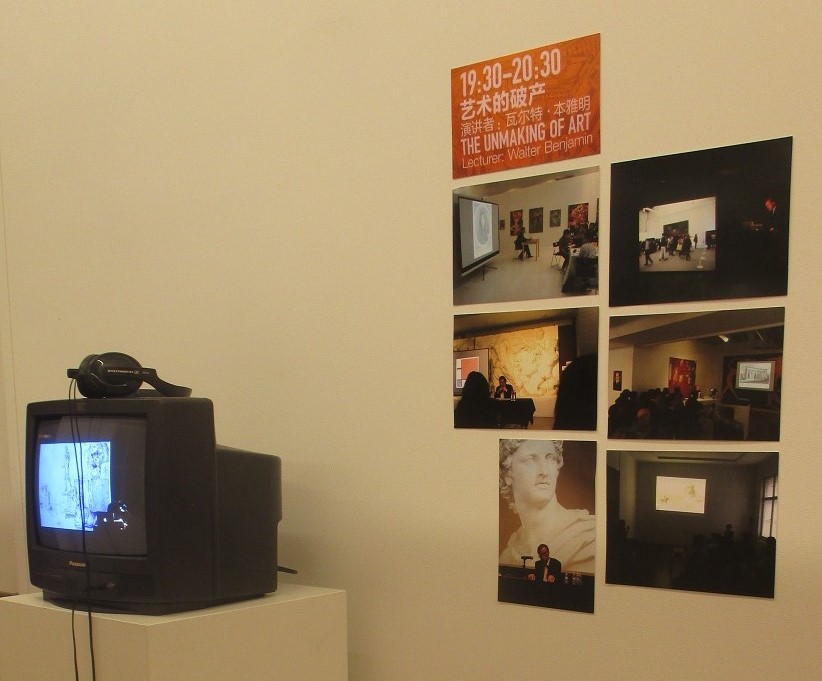
Museum of Modernity
The Museum of Modernity is an educational institution dedicated to assembling, preserving and exhibiting memories of modern art from the early 16th century up until the end of the 19th century. Although the museum does not have a permanent space it has exhibited parts of its collection on a number of occasions. Its collection Sites of Modernity was first shown in 2008 in the Oberwelt Gallery in Stuttgart and the next year at the Van Abbemuseum in Eindhoven. In 2014, several of its collections were included in the exhibition The Unmaking of Art at the e-flux Galley in New York.
Installation views



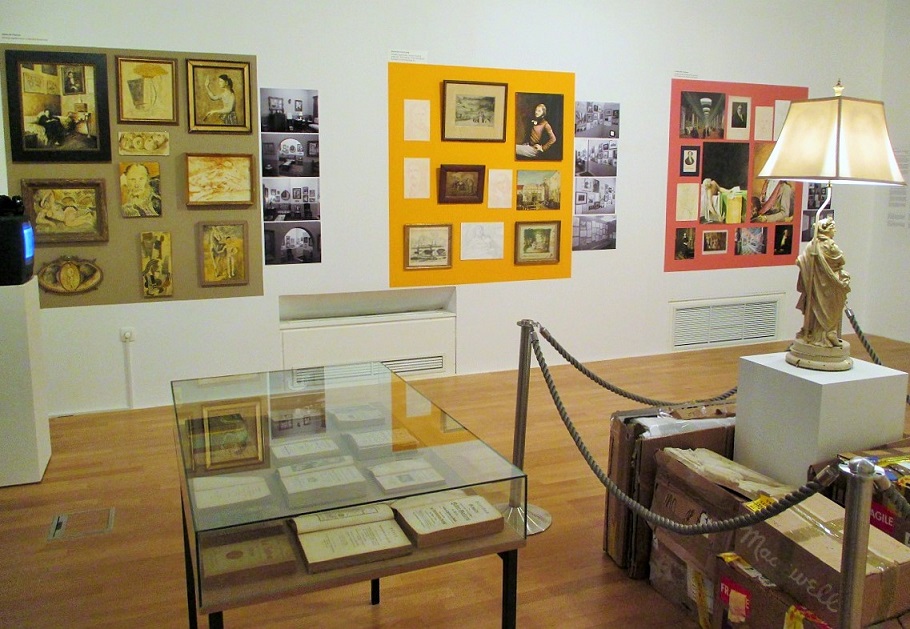
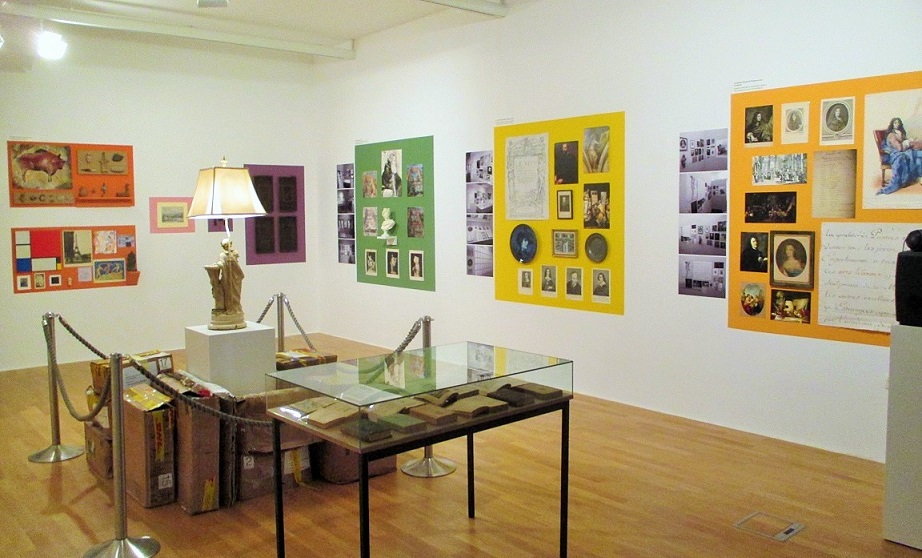
Exhibits:
The Making of Art History
The exhibition opens with a diagram called The Making of Art History, a display that shows how a secular narrative called history emerged out of the Christian universe some 500 years ago, one that continued to unfold toward both the past and the future simultaneously, and concluding with Modernism and Prehistory as the closing contemporary chapters. Since it seems there are no new chapters to add before Prehistory, perhaps there will be no new chapters to add after Modernism. This could then lead to the conclusion that history as a story has exhausted all of its potential and is becoming obsolete.
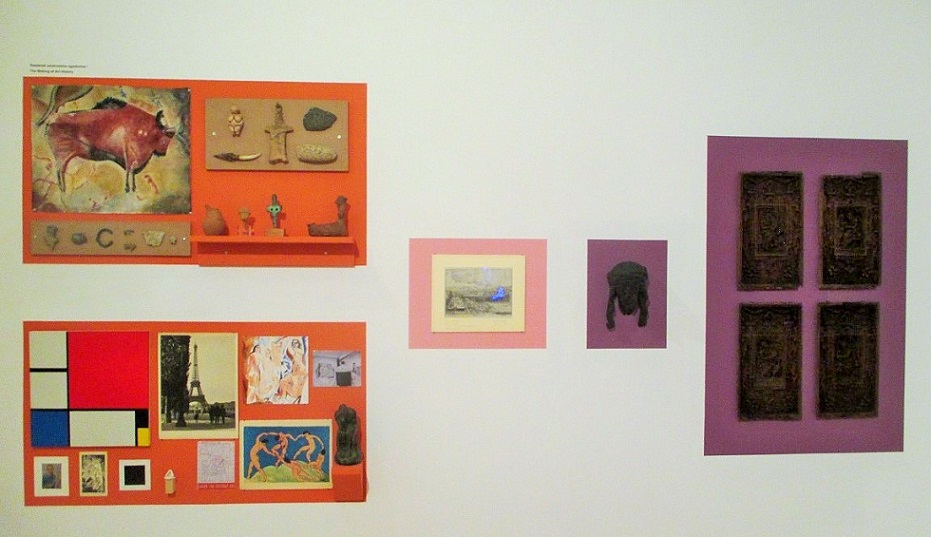
Belvedere Romanum – The Invention of Antiquity and Modernity
Finally, the Belvedere Romanum room displays artifacts from the most important collection of statues from the ancient past and assembled by Pope Julius II in the Vatican Belvedere garden. The sight of the collection of broken statues from the distant past, placed in the idyllic Belvedere Romanum garden, marks the birth of “Antiquity”. Also, as a singularly new and unique phenomenon, as a new vision of the world that was not Christian, it marks the birth of “Modernity”. In today’s terms, we could think of these statues as the first ready-mades and, in fact, the first objects of art, while the Belvedere Romanum could be the first museum of art – and in that brief period, even the first museum of modern art.
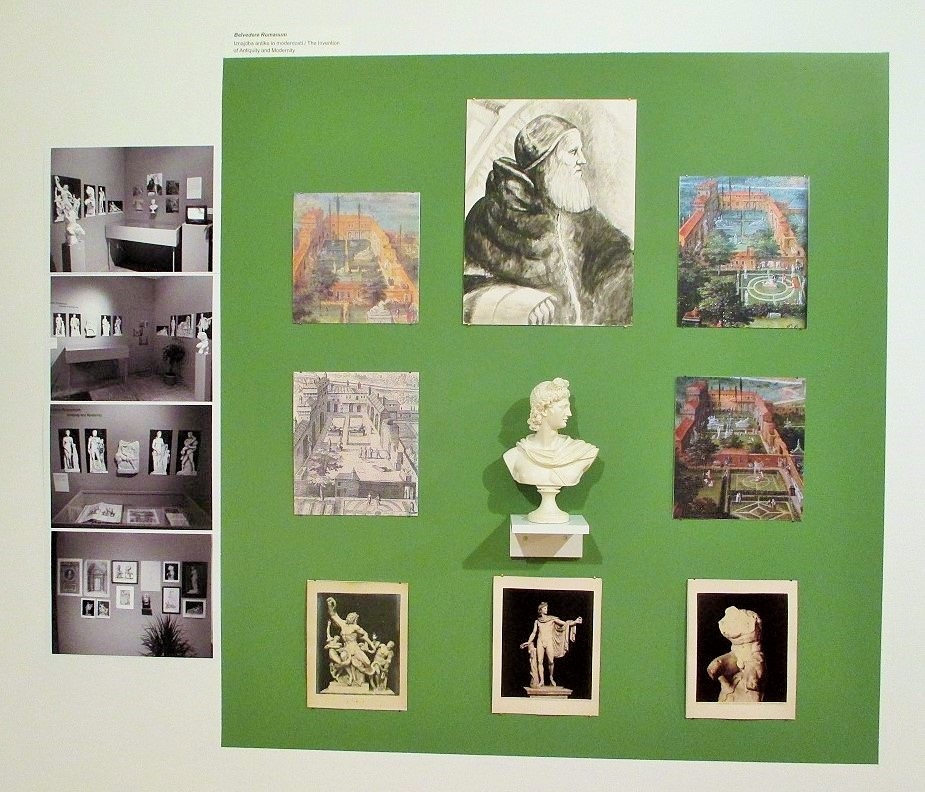
Le Vite de’ piu eccellenti pittori, scultori – The Invention of the Artist and Art History
The exhibit Le Vite de’ più eccellenti pittori, scultori is dedicated to the famous 1550 book by Giorgio Vasari, which is considered to be the first history of art. The book, arranged chronologically, consists of a collection of life stories of unique characters – painters, sculptors and architects. In addition to being the first history of art, the book introduces the artist as a distinct and gifted individual capable of producing an exceptional work called a work of art. Vasari is also credited with introducing the notion of gallery (galleria) and naming the Renaissance (Rinacimento).
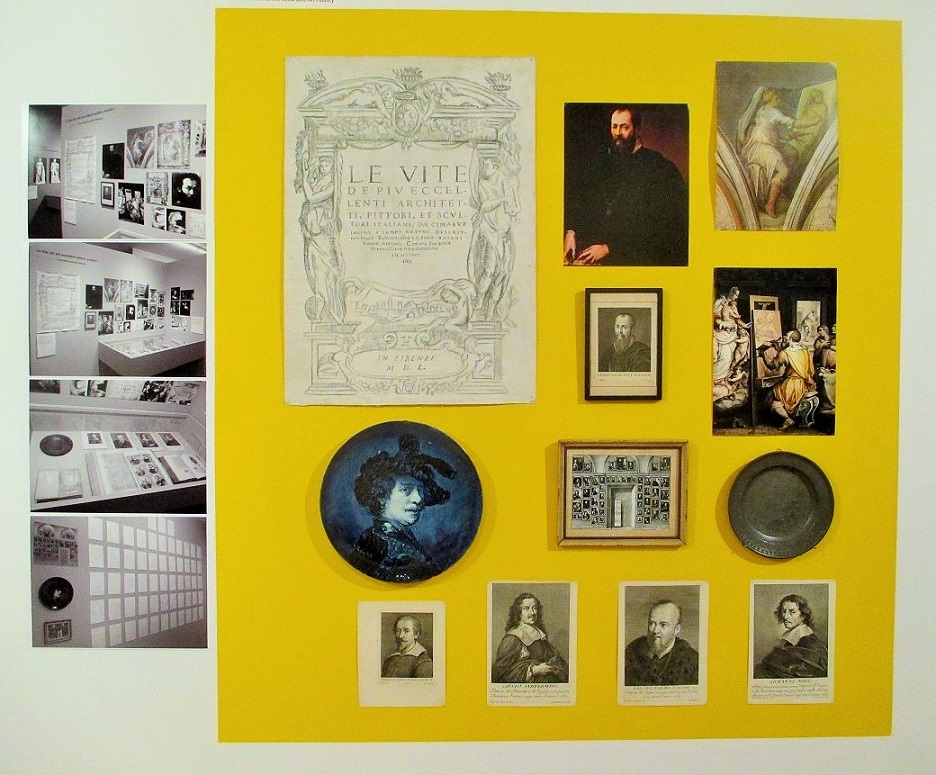
Academie Royale de Peinture et de Sculpture – The Invention of Ar and Art Exhibitions
The Académie Royale de Peinture et de Sculpture room recalls the establishment of the Academy of Paintings and Sculptures at the time of Louis XIV, particularly the invention of the exposition (salon) and the 1648 decree of the state council that declared painting and sculpture to be liberal arts (arts liberaux). It was this decree that marked the beginning of our understanding of art not primarily as craftsmanship but as an intellectual activity, thus establishing the foundations of art as we know it today. Without this decree it would next to impossible to imagine the emergence of artists like Malevich, Mondrian or Duchamp some two-and-a-half centuries later.
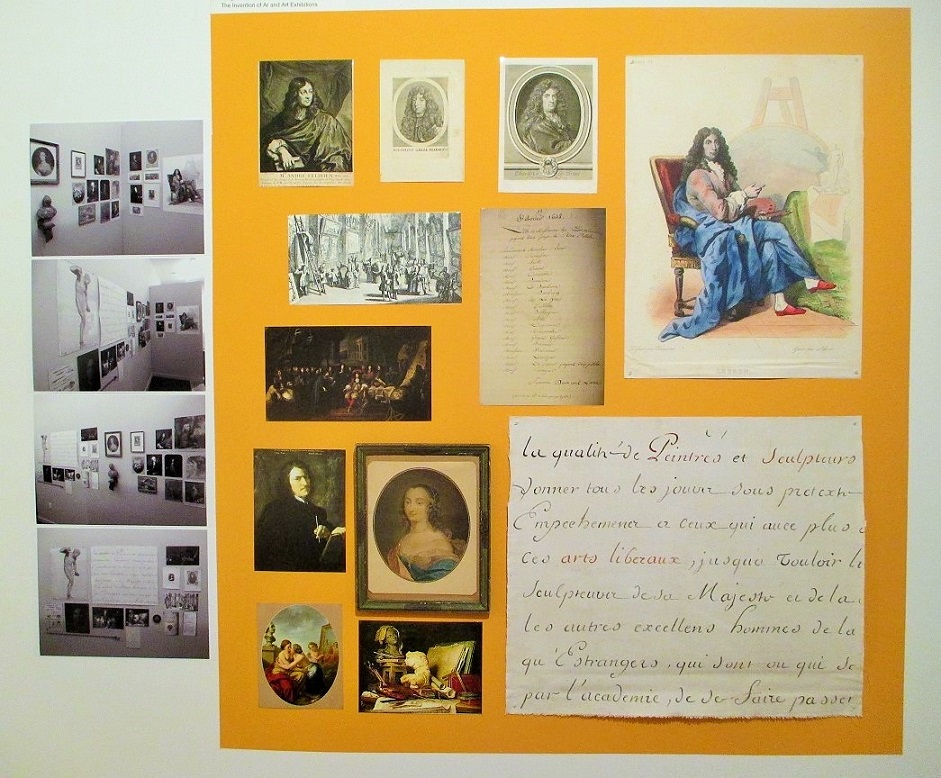
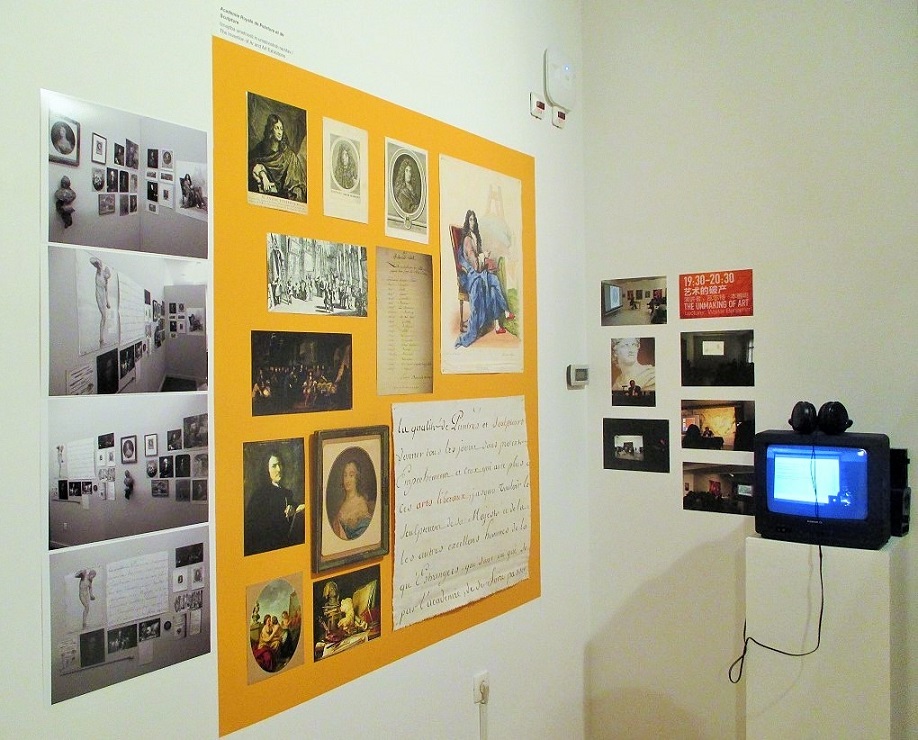
La Revolution francaise – The Invention of the museum as Art History
The theme of the La Révolution française exhibit is the invention of the art museum as materialized art history. Previous museum-like venues consisted in either collections of statues from antiquity or painting galleries. It was in the Louvre that statues from Rome, Greece and Egypt were exhibited together with the country’s nationalized collection of royal paintings. In addition, many of the artifacts related to medieval France that were removed from churches and public places during the revolution and saved in the Musée des Monuments were included in the Louvre collection, filling the gap between Antiquity (statues) and Modernity (paintings) with a chapter called the Middle Ages. Thus the Louvre museum that opened to the public after the revolution emerged as the first museum where the entire past was remembered through this particular narrative called (art) history and could be seen in a single place. It was through history that Europe’s past was first colonized, which was then gradually imposed on the entire world.
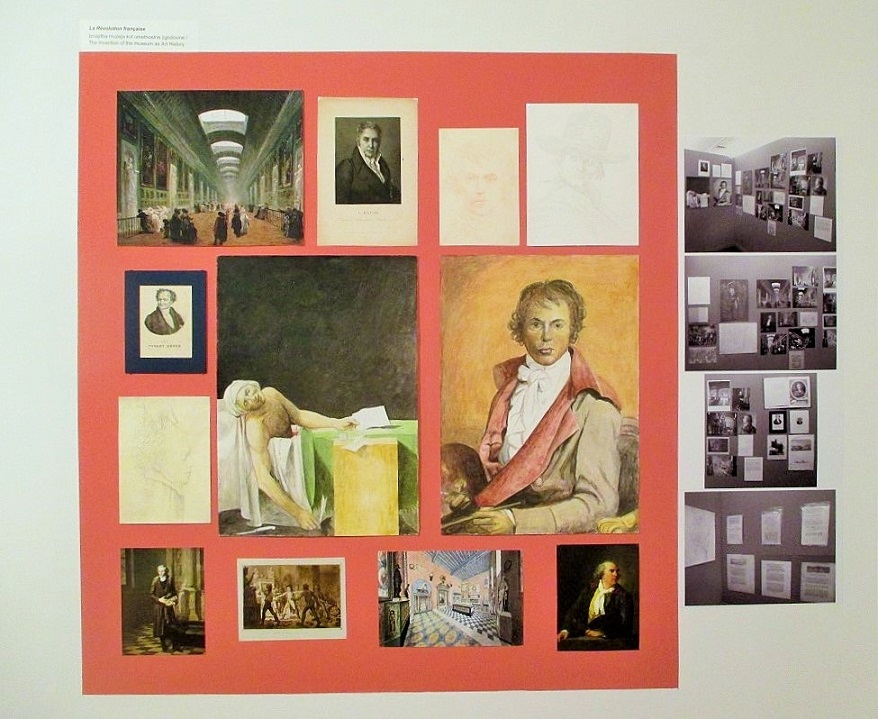
Exposition Universelle –The Invention of the International Exhibition of Contemporary Art
In the Exposition Universelle room we find artifacts related to the emergence of the international art scene, primarily through the world fairs that began to mushroom from the mid-19th century onward. It was the 1855 Exposition Universelle in Paris that organized the first international exhibition of contemporary art. The exhibition was structured according to national pavilions, and was designed to highlight the characteristics of each national school, becoming a model for the many international exhibitions that followed, like the Venice Biennale and others.
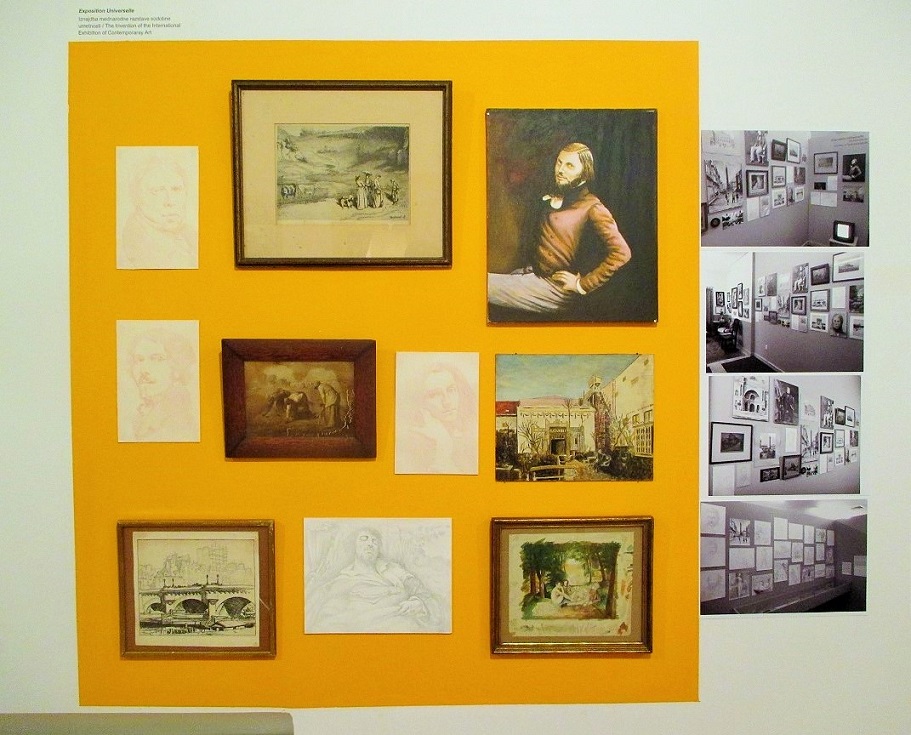
Salon de Fleurus – Collecting Modernism
The title of the last exhibit is From The Autobiography of Alice B. Toklas, and consists of a collection from the Salon de Fleurus that was open to the public from 1992 until 2014. It recalls the beginnings of 20th century modernism through sepia copies of paintings from one of the earliest collections of modern art assembled by Leo and Gertrude Stein and exhibited in the legendary Paris salon. It was here that paintings by Cezanne, Matisse and Picasso were exhibited together for the first time. Some 30 years later, when MoMA finally established its narrative on international movements, it would begin with these three artists.
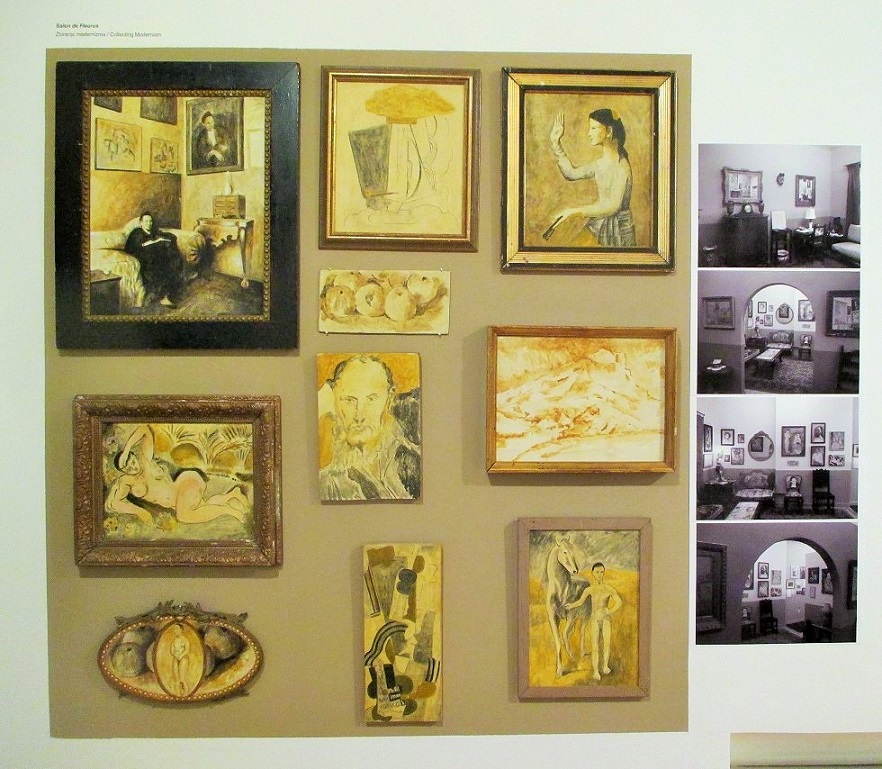
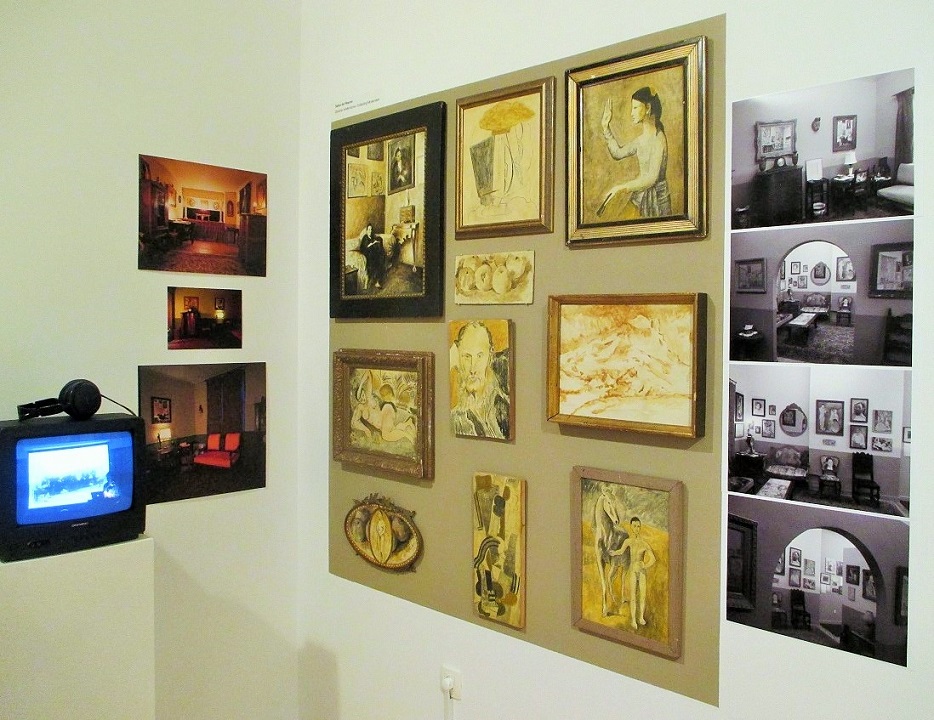
vitrine with books
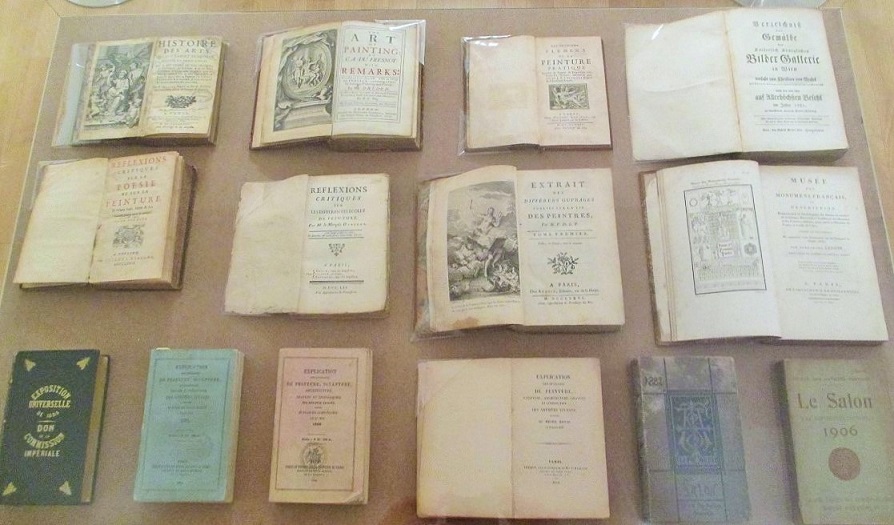
storage in NY
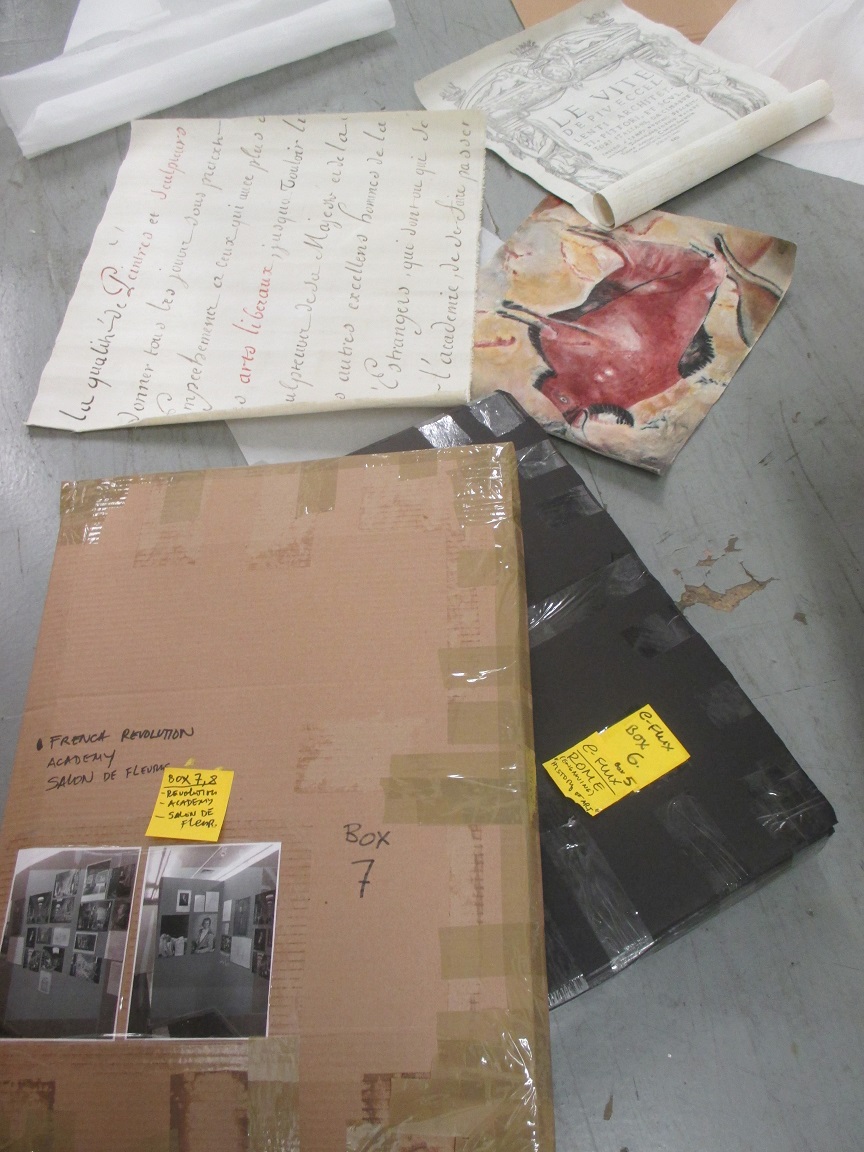
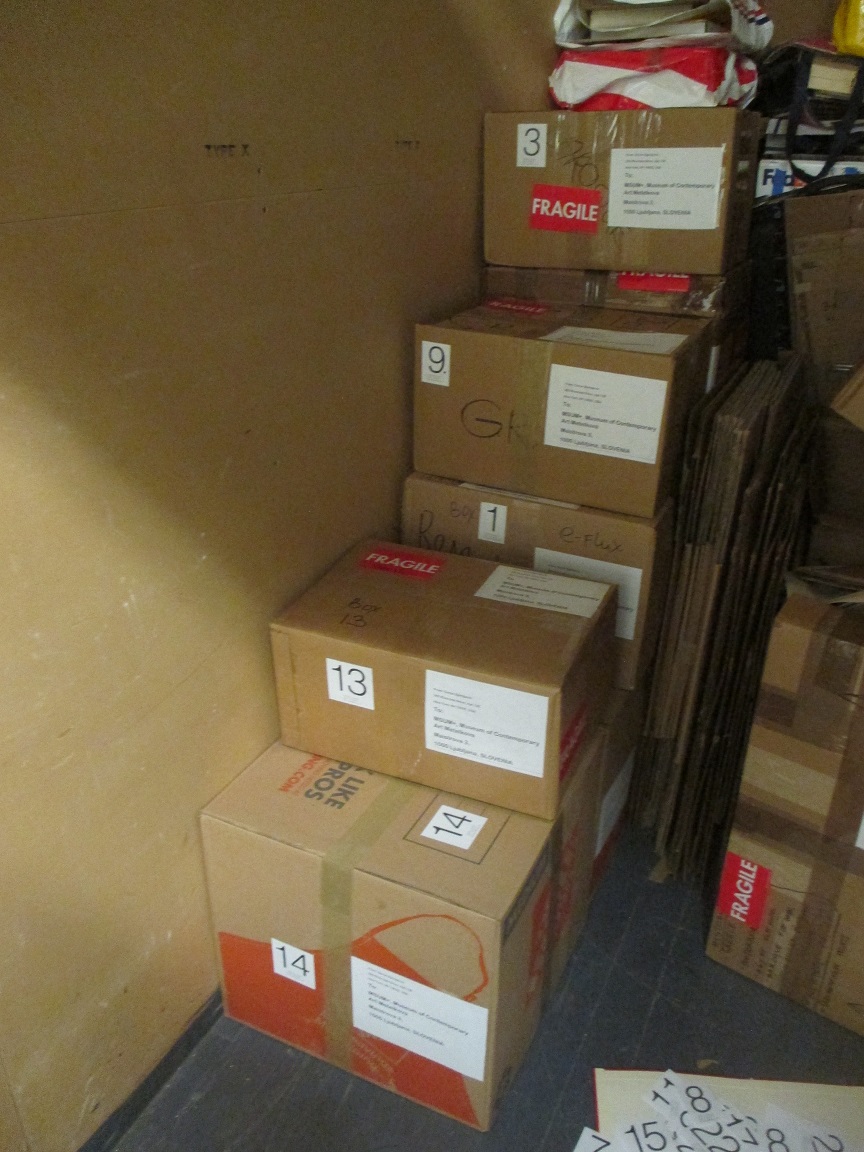
installation
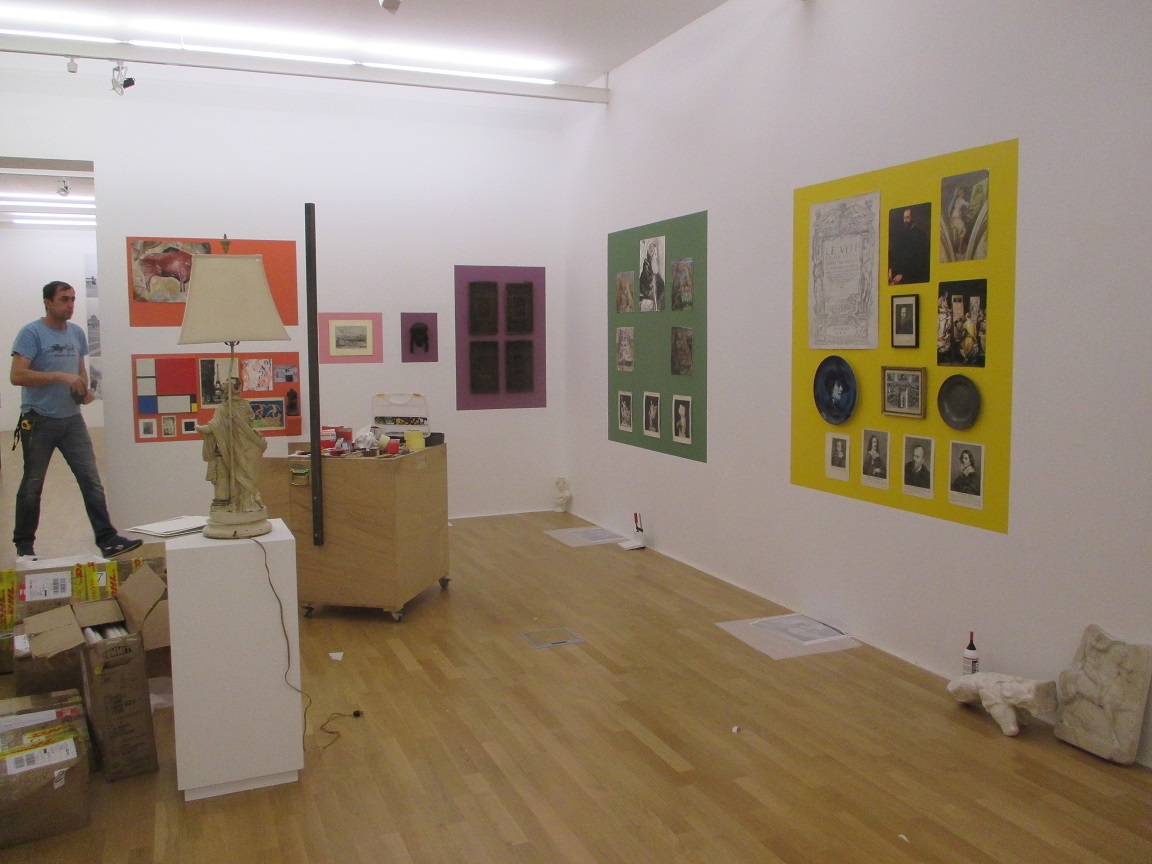
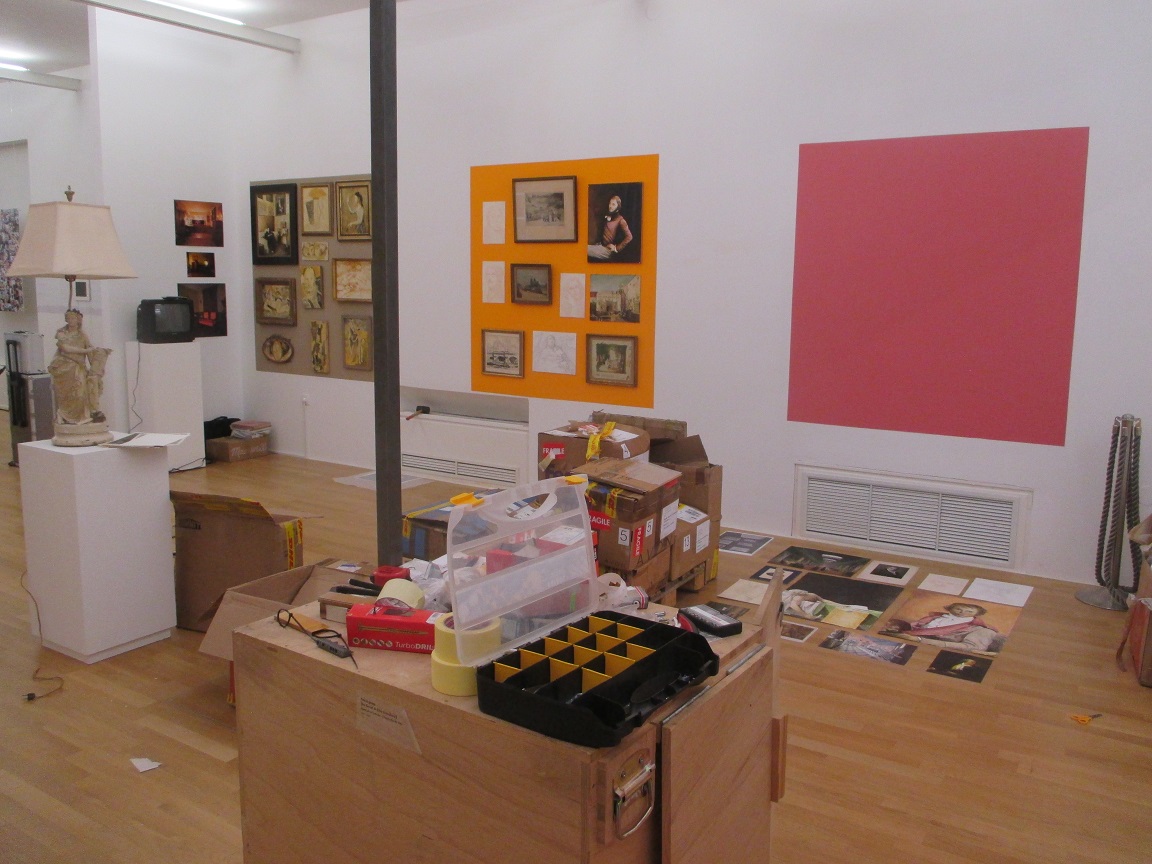
visitors
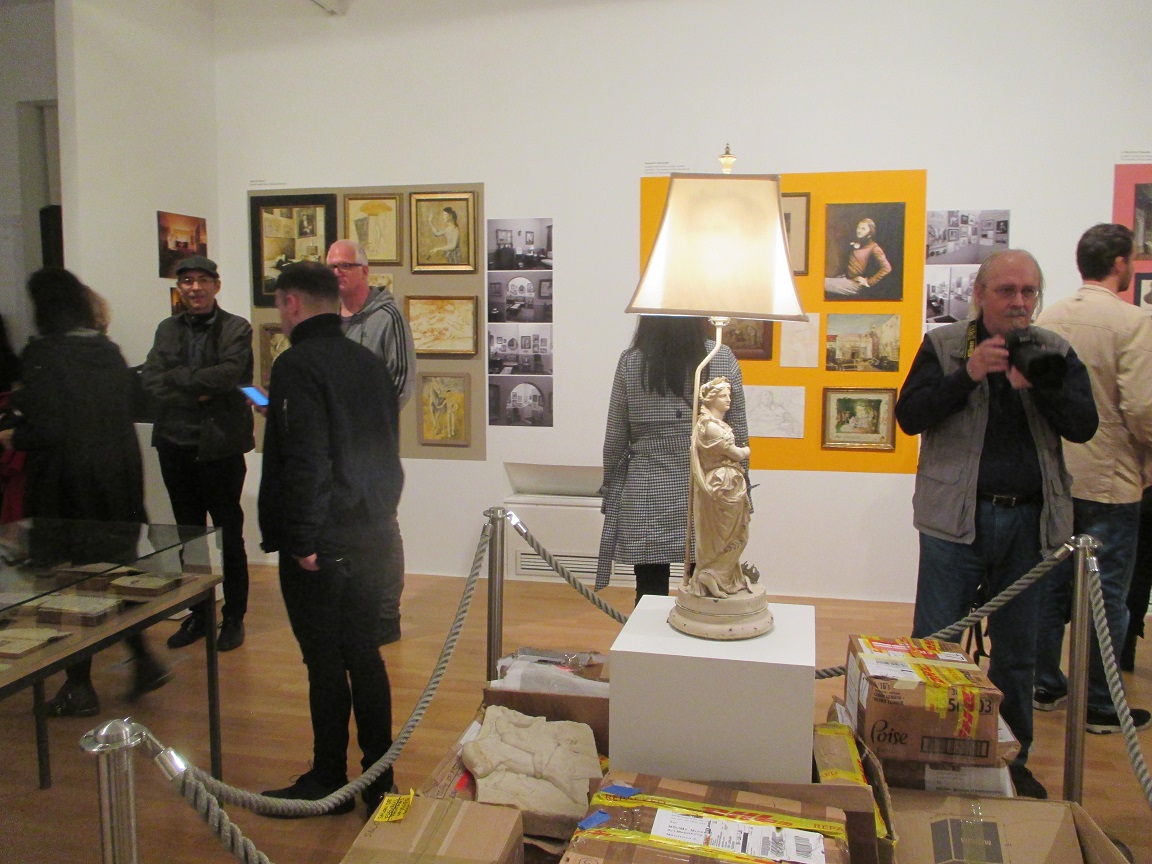
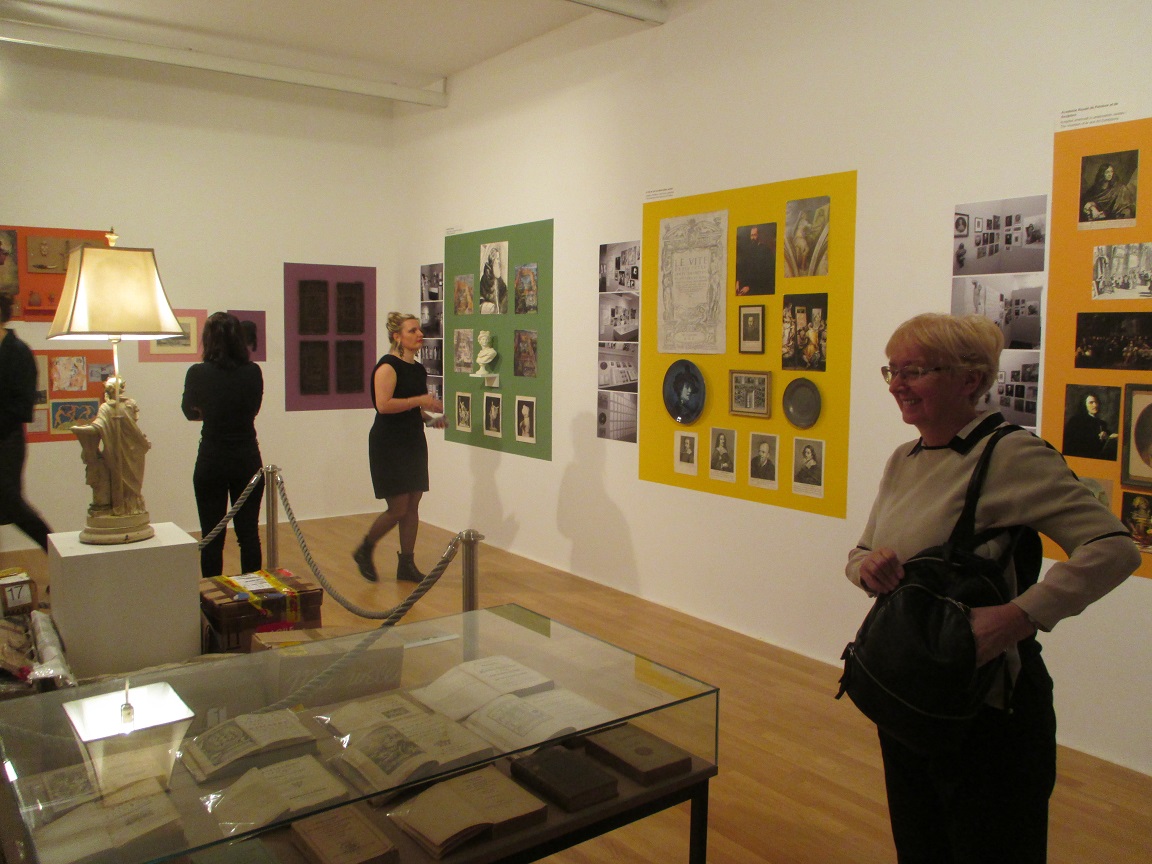
opening cocktail
